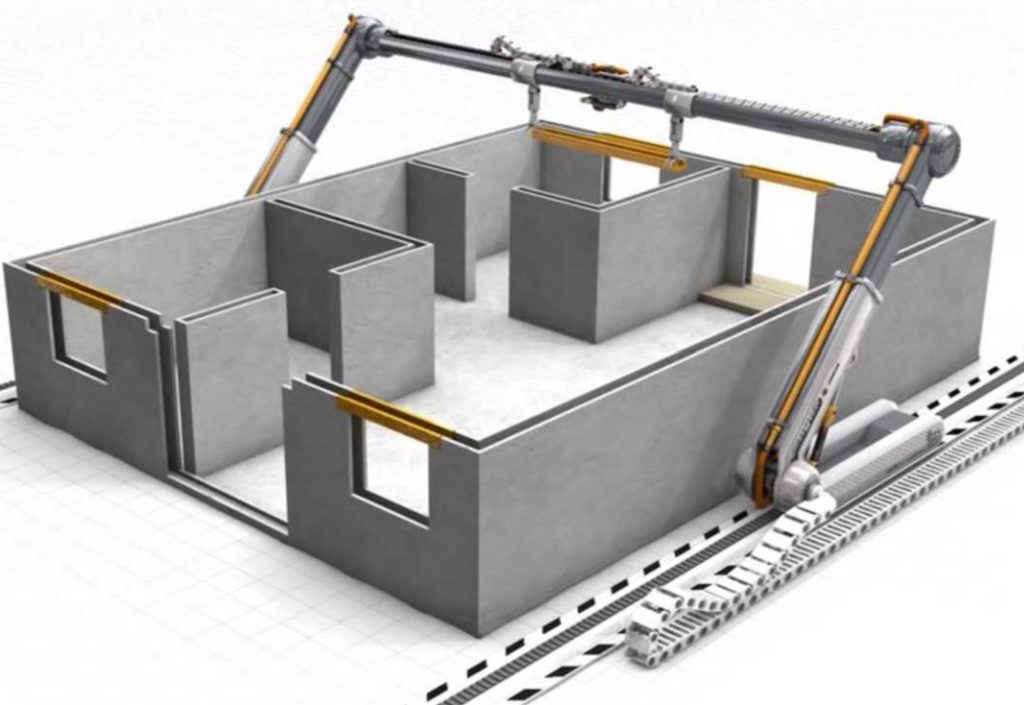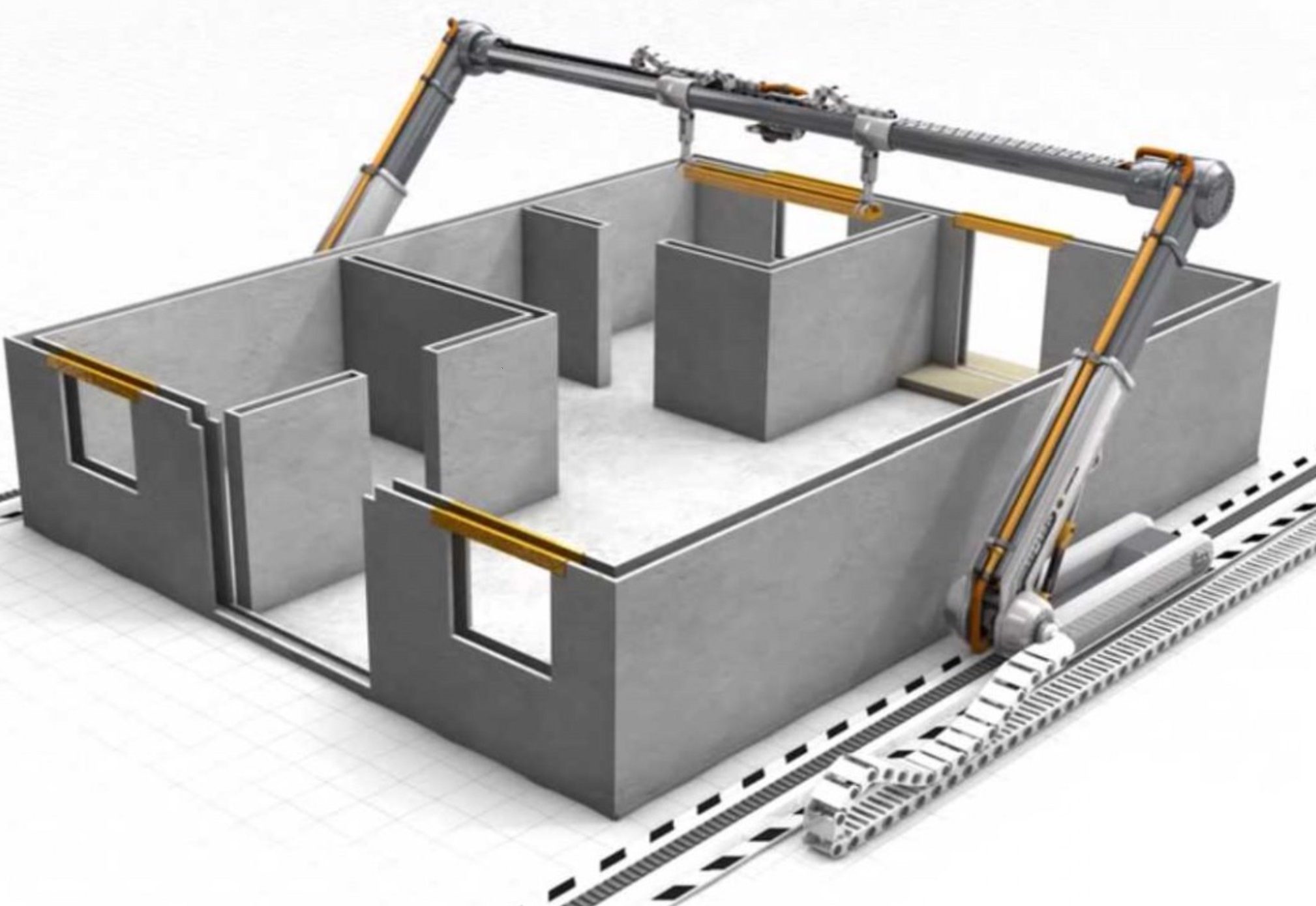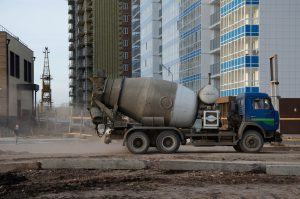
3D printed house questions are popping up with curious consumers looking to make smarter choices. The construction industry is undergoing a revolution with the advent of 3D printing technology. 3D printed houses, also known as additive manufacturing in the construction sector, are changing the way we build homes. This innovative method offers numerous advantages, including cost-effectiveness, design flexibility, and sustainability. In this article, we will explore the answers to frequently asked questions about 3D printed houses and delve into the exciting possibilities this technology presents.
What is 3D Printing in Construction?
3D printing, or additive manufacturing, in the construction industry involves using specialized software to control the placement of materials and create a three-dimensional object or structure layer by layer. This process eliminates the need for traditional construction methods and offers greater efficiency, cost savings, and architectural possibilities.
How Does 3D Printing Work in Home Construction?
In the realm of 3D printed houses, the most common technique involves extrusion of cement-based materials through a printer nozzle. The printer reads a digital model of the house and builds it layer by layer using materials such as cement, sand, soil, or clay. The result is a fully functional home, with walls and foundations created using 3D printing technology.
Advantages of 3D Printed Houses
Cost-Effectiveness
One of the significant advantages of 3D printed houses is their cost-effectiveness. The speed at which these homes can be constructed, combined with the reduced labor and material costs, makes them more affordable compared to traditional construction methods. This affordability opens up new possibilities for providing housing solutions to low-income families and addressing the global housing crisis.
Design Flexibility
3D printing offers unparalleled design flexibility in home construction. The layer-by-layer approach allows architects and builders to create complex and intricate designs that were previously challenging or impossible to achieve. With 3D printing, geometric shapes and structures can be realized, pushing the boundaries of architectural innovation.
Sustainability
Sustainability is a crucial aspect of 3D printed houses. The technology minimizes waste by using only the necessary amount of materials, reducing the environmental impact of construction. Additionally, 3D printed homes can be designed to be energy-efficient, incorporating features such as better insulation and optimized use of natural light.
Frequently Asked Questions About 3D Printed Houses
How Long Does It Take to 3D Print a House?
The time required to 3D print a house depends on various factors, including the size and complexity of the structure. Smaller buildings can be printed in as little as one day, while larger and more intricate designs may take longer. However, the speed of 3D printing technology is constantly improving, making the process more efficient and time-effective.
What Materials Are Used in 3D Printed Houses?
The materials used in 3D printed houses vary depending on the specific construction method and desired properties of the final structure. Cement-based materials, such as concrete or mortar, are commonly used due to their durability and compatibility with 3D printing technology. However, other materials, including plastics, metals, green concrete, and composites, can also be utilized in 3D printing for different purposes and applications.
Are 3D Printed Houses Safe?
Safety is a top priority in 3D printed house construction. The use of high-quality materials and adherence to building codes and regulations ensure that 3D printed houses meet safety standards. Additionally, these homes can be designed to withstand various environmental factors, such as earthquakes or extreme weather conditions, making them as safe as traditionally constructed houses.
Can 3D Printed Houses Be Customized?
Absolutely! One of the key advantages of 3D printed houses is their customization potential. The flexibility of 3D printing technology allows for personalized designs and unique architectural features. Homeowners can work closely with architects and builders to create a custom-built home that meets their specific needs and preferences.
Can 3D Printed Houses Be Expanded or Renovated?
Yes, 3D printed houses can be expanded or renovated just like traditional houses. The modular nature of 3D printing technology allows for easy modifications and additions to the existing structure. Whether it’s adding an extra room or renovating the interior layout, 3D printed houses offer the flexibility to adapt to changing needs over time.
What Are the Challenges of 3D Printed House Construction?
While 3D printed houses offer numerous benefits, there are still challenges to overcome. Some of these challenges include technology training for construction workers to operate the industrial-sized 3D printers effectively, addressing government regulations and building codes specific to 3D printed houses, and gaining public acceptance and trust in this relatively new construction method.
The Future of Home Construction
The rise of 3D printed houses signifies a transformation in the way we build homes. With its cost-effectiveness, design flexibility, and sustainability, 3D printing technology has the potential to revolutionize the construction industry. As the technology advances and becomes more widespread, we can expect to see an increasing number of 3D printed houses as a viable solution to the global housing crisis.
In conclusion, 3D printed houses represent a promising future for home construction. The combination of innovative technology, affordability, and design flexibility opens up endless possibilities for creating sustainable and personalized homes. As the world continues to grapple with housing challenges, 3D printing offers a glimpse into a new era of construction that is efficient, cost-effective, and environmentally friendly.



